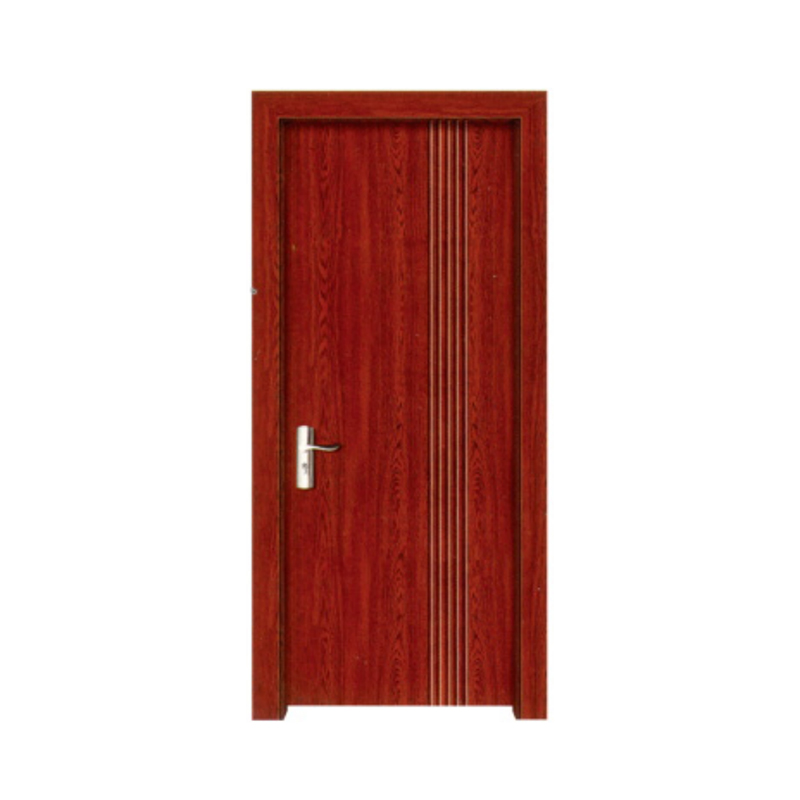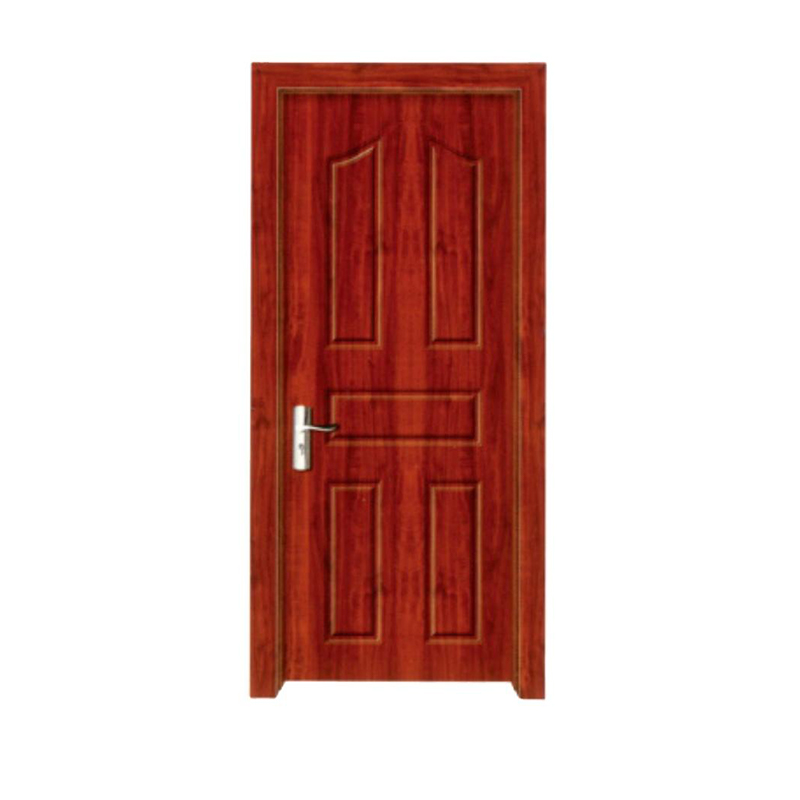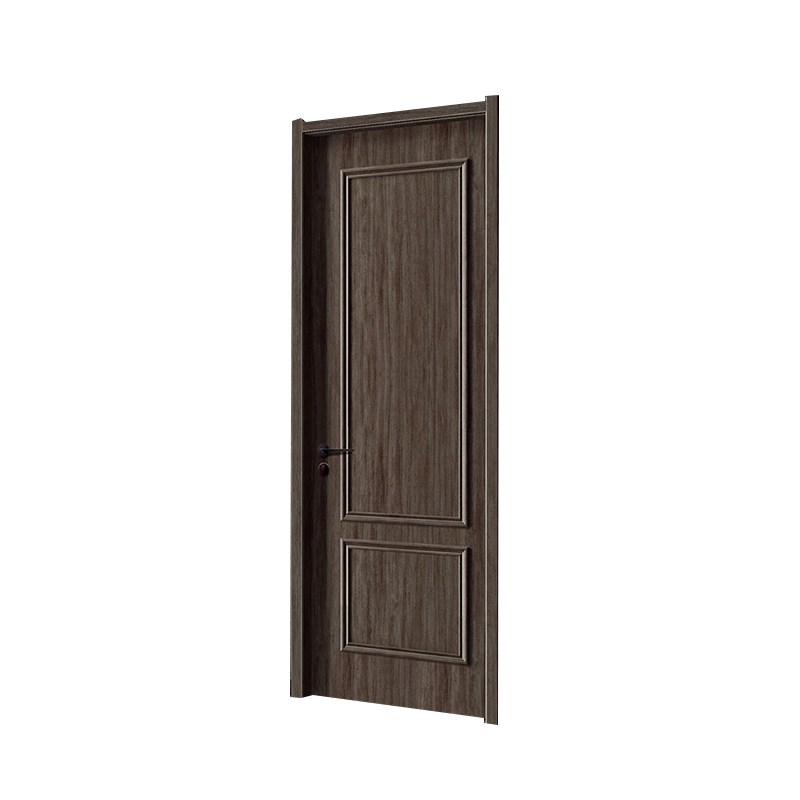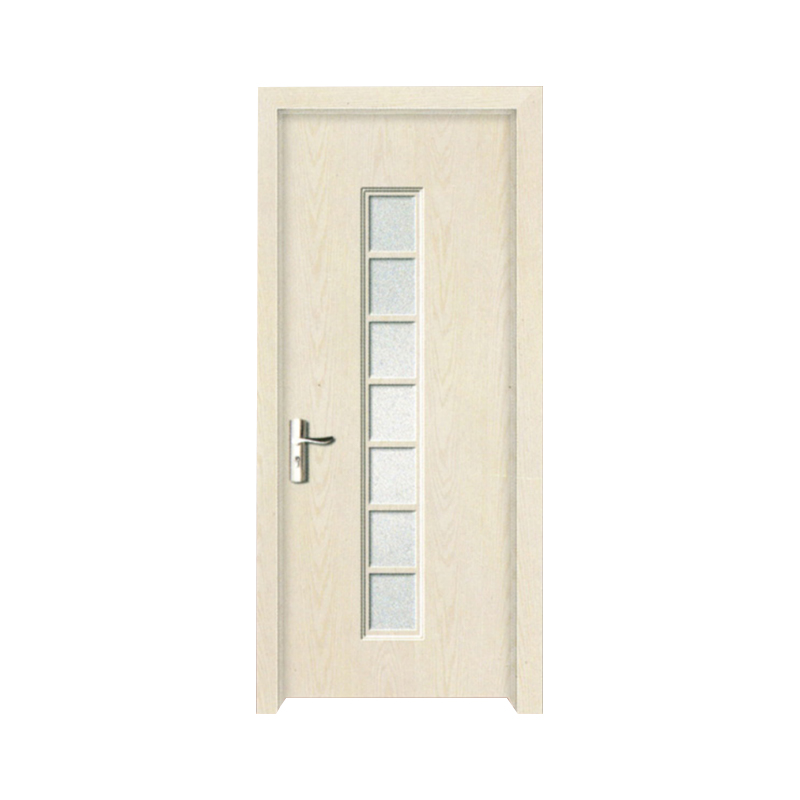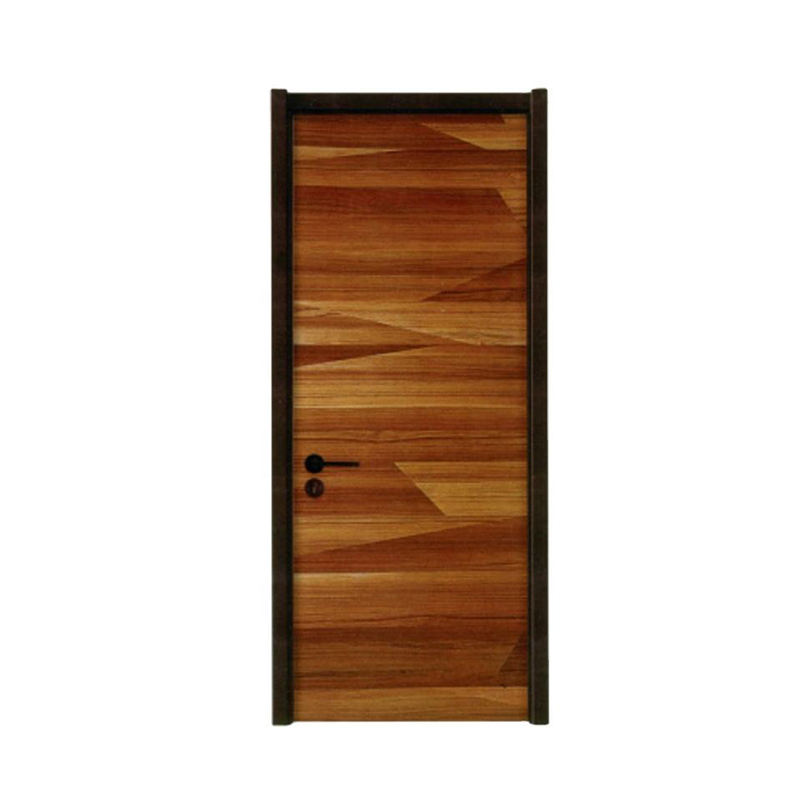When it comes to interior and exterior doors, there is a wide range of materials to choose from, including traditional wooden doors and various composite door options. WPC (Wood-Plastic Composite) doors have gained popularity in recent years due to their unique combination of wood and plastic properties.
Manufacturing WPC Doors:
1. Material Composition: The primary distinction of WPC doors lies in their material composition. WPC is a composite material made up of wood fibers or wood flour combined with thermoplastics, such as polyethylene, polypropylene, or PVC. The blend of these materials forms a robust, durable, and moisture-resistant core for WPC doors.
2. Material Preparation: The first step in manufacturing WPC doors involves preparing the raw materials. Wood fibers or wood flour are sourced and processed to achieve the desired consistency and size. Meanwhile, the thermoplastic component is melted and mixed with the wood particles.
3. Extrusion Process: The mixture of wood fibers and thermoplastic is then subjected to an extrusion process. During extrusion, the material is heated and forced through a die to create the desired shape and profile. This process allows for precise shaping and sizing of WPC door components.
4. Cooling and Cutting: After extrusion, the formed WPC profiles are cooled and cut to the required lengths. These profiles can be tailored to fit various door styles, including panel doors, flush doors, and decorative doors.
5. Assembly: The WPC components are assembled into door blanks, including the stiles, rails, and panels. Traditional joinery methods, such as mortise and tenon joints, are often used for this assembly.
6. Finishing: Once the door is assembled, it undergoes a finishing process. This typically involves sanding the surface to achieve a smooth and even texture. WPC doors can be finished with paint, stain, or veneers to achieve the desired appearance.
7. Hardware Installation: Like other doors, WPC doors have hardware components such as handles, locks, and hinges installed during the final assembly.
Manufacturing Traditional Wooden Doors:
1. Wood Selection: Traditional wooden doors are crafted from solid wood, and the manufacturing process begins with the careful selection of high-quality wood, such as oak, mahogany, cherry, or maple.
2. Plank Formation: The selected wood is cut into planks or boards, which are then kiln-dried to reduce moisture content. Proper drying prevents warping or cracking of the wood.
3. Joinery and Assembly: Traditional wooden doors are assembled using joinery techniques such as mortise and tenon joints or dovetail joints. These joints provide strength and stability to the door.
4. Shaping and Carving: Depending on the design, traditional wooden doors may undergo shaping and carving to create decorative elements, panels, or raised moldings.
5. Finishing: Traditional wooden doors are finished with stains, varnishes, or paints to enhance their natural beauty and provide protection. Multiple coats may be applied to achieve the desired finish.
6. Hardware Installation: As with WPC doors, hardware components such as handles, locks, and hinges are installed during the final assembly.
Manufacturing Other Composite Doors:
Composite doors, similar to WPC doors, are made from a blend of materials. However, the specific composition can vary. Common composite door materials include fiberglass-reinforced composites and steel-reinforced composites.
1. Material Composition: Unlike WPC doors, which primarily use wood fibers and thermoplastics, other composite doors may incorporate materials like fiberglass or steel. These materials provide additional strength, security, and insulation properties.
2. Material Preparation: The chosen composite material is prepared and processed to achieve the desired consistency and characteristics.
3. Molding and Shaping: Composite doors are typically created through molding and shaping processes. Fiberglass-reinforced composites, for example, are molded into door panels with various designs and styles.
4. Finishing: Composite doors are finished with coatings that provide both aesthetics and durability. These coatings can mimic the appearance of wood or have a smooth, modern finish.
5. Hardware Installation: Hardware components are installed as part of the final assembly, similar to WPC and traditional wooden doors.
The manufacturing process of WPC doors differs significantly from that of traditional wooden doors and other composite door materials. Each type of door has its unique characteristics, making it important to consider factors such as material, durability, customization options, and cost when choosing the right doors for your specific needs and preferences.


 عربى
عربى





